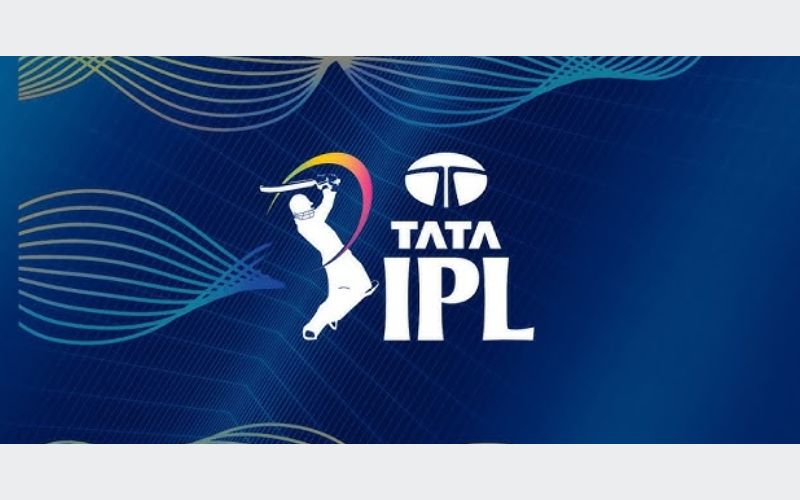Sports betting odds play a crucial role in determining the payouts and understanding the probabilities of a particular outcome in sports events. Whether you’re new to betting or a seasoned punter, knowing how to interpret and use odds effectively can significantly enhance your experience and potential success in sports betting. This guide provides an in-depth overview of sports betting odds, their types, and how they work.
What Are Sports Betting Odds?
Sports betting odds represent the likelihood of a specific event occurring, such as a team winning a match or a player scoring a goal. They also determine the payout for a successful bet. Odds are typically set by bookmakers and reflect the betting market and probabilities of different outcomes.
Bookmakers aim to balance their books by setting odds in a way that encourages equal betting on all outcomes, ensuring they profit regardless of the result.
Types of Sports Betting Odds
There are three main formats of sports betting odds used worldwide:

- Decimal Odds: Decimal odds are the most popular format, especially in Europe, Canada, and Australia. They represent the total payout for every unit wagered, including the original stake.
- Example: If the odds are 2.50, a $10 bet will return $25 ($10 x 2.50).
Decimal odds are straightforward and easy to understand, making them a favorite among beginners.
- Example: If the odds are 2.50, a $10 bet will return $25 ($10 x 2.50).
- Fractional Odds: Fractional odds are commonly used in the UK and Ireland. They are presented as fractions, such as 5/1 or 10/3, and indicate the potential profit relative to the stake.
- Example: For 5/1 odds, a $10 bet would return $50 in profit plus the original stake, totaling $60.
Fractional odds are often seen in horse racing and traditional bookmakers.
- Example: For 5/1 odds, a $10 bet would return $50 in profit plus the original stake, totaling $60.
- Moneyline (American) Odds: Moneyline odds are prevalent in the United States. They are displayed as positive (+) or negative (-) numbers, indicating the amount won or the amount needed to bet, respectively.
- Example: A +200 odd means you can win $200 for a $100 wager, while -150 means you need to bet $150 to win $100.
Moneyline odds may seem complicated initially, but they’re easy to grasp once you understand the concept.
- Example: A +200 odd means you can win $200 for a $100 wager, while -150 means you need to bet $150 to win $100.
How Betting Odds Reflect Probability
The odds in online sports betting India also represent the implied probability of an event happening. To calculate implied probability from odds:
- For Decimal Odds: Probability (%) = (1 / Decimal Odds) × 100
- Example: For odds of 2.00, the probability is (1 / 2.00) × 100 = 50%.
- For Fractional Odds: Probability (%) = Denominator / (Numerator + Denominator) × 100
- Example: For 5/1 odds, the probability is 1 / (5+1) × 100 = 16.67%.
- For Moneyline Odds:
- Positive Odds: Probability (%) = 100 / (Odds + 100)
- Negative Odds: Probability (%) = |Odds| / (|Odds| + 100) × 100
- Example: For +200, the probability is 100 / (200 + 100) = 33.33%.
Understanding implied probability helps bettors evaluate whether the odds are favorable and worth the risk.
How to Read and Use Sports Betting Odds
Reading sports betting odds involves more than just understanding the numbers; it’s about spotting value bets. A value bet occurs when the implied probability of an outcome is lower than its actual probability.
Steps to Analyze Odds:
- Research the Event: Gather information about the teams, players, recent form, injuries, and historical performance.
- Compare Odds: Different bookmakers may offer slightly different odds. Compare odds across platforms to ensure you get the best value for your bet.
- Understand the Market: Markets like match-winner, over/under, handicap betting, and others offer various betting opportunities. Choose markets where you feel confident.
- Manage Your Bankroll: Set a budget for betting and avoid wagering more than you can afford to lose.
Common Sports Betting Markets
- Moneyline Betting: Bet on which team or player will win outright.
- Point Spread: Bet on a team to win or lose by a specific margin.
- Over/Under: Wager on whether the total score or goals will be over or under a set number.
- Futures: Long-term bets on outcomes like tournament winners or MVPs.
- Prop Bets: Bet on specific events, such as a player scoring the first goal.
Tips for Betting Success
- Understand the Sport: Knowledge is power. Understanding the rules, teams, and nuances of the sport can help you make informed decisions.
- Avoid Emotional Betting: Betting on your favorite team isn’t always the smartest choice. Base your bets on data and analysis, not loyalty.
- Stay Disciplined: Stick to your strategy and avoid chasing losses. Emotional decisions often lead to poor results.
- Utilize Promotions: Many bookmakers offer bonuses and free bets. Take advantage of these promotions to minimize risk.
- Track Your Bets: Keep a record of your bets to analyze your performance and identify areas for improvement.
Conclusion
Understanding sports betting odds is essential for making informed and strategic wagers. Whether you prefer decimal, fractional, or moneyline odds, knowing how to calculate payouts and implied probabilities can help you spot value bets and increase your chances of success. By combining your knowledge of odds with research, discipline, and proper bankroll management, you can elevate your sports betting tips experience to the next level.







